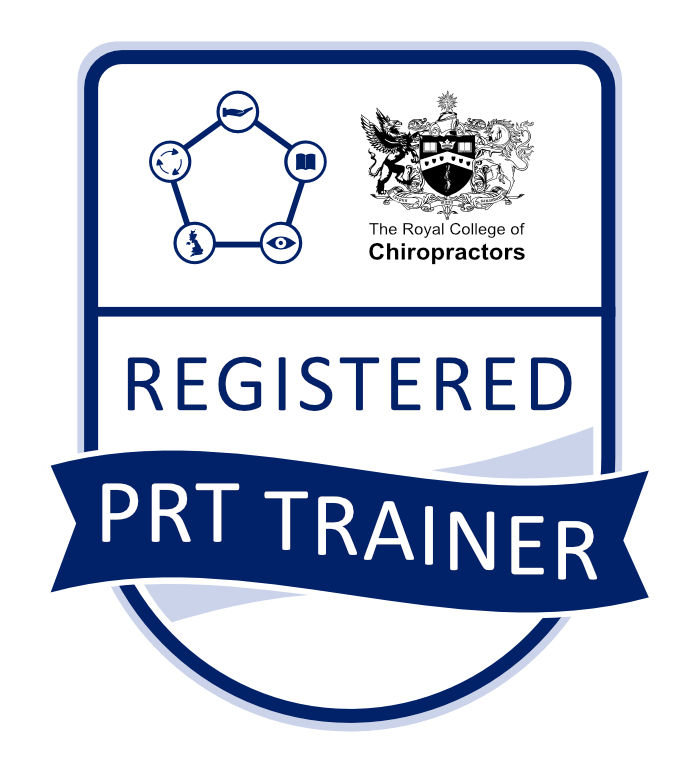Migraine headaches are normally a throbbing headache that affect one side of the head. They can present with or without an aura. An aura is often a change or sensitivity in vision or hearing before or around the onset of a migraine occurring. They are often accompanied by nausea or even vomiting.
Migraine Triggers
Triggers of migraine are different for each person, although some are more common than others. They can vary greatly. Women are more prone to migraines than men and often a hormonal change. A lot of women experience migraines in a cyclic fashion alongside their menstrual cycle or with hormonal contraception.
Emotional triggers can include stress, anxiety or anger. These also tend to manifest alongside a physical component and can be linked with clenching or grinding teeth (bruxism), a stooped posture with a forward carriage of the head. These then place physical stresses on the surrounding tissues, jaw, neck muscles etc. and can lead to other aches and pains. Tiredness and trouble sleeping can also act as triggers for migraines these are again linked back into stress and emotional distress. Having lot of these factors together can exacerbate each other and lead to a perpetual cycle of tension, stress and migraine.
You may have heard of chocolate, cheese and red wine causing migraines in people who are prone, but in fact alcohol in general, cigarette smoke, dehydration and some food additives can all be triggers too.
There are many different types of headaches, some of which are relatively benign, whereas some can be caused by more serious problems. It is essential that you always consult a Chiropractor, GP or other qualified professional to examine you thoroughly and establish the cause of your headache before beginning any treatment.
Can Chiropractic Help Migraines?
Chiropractors are trained specifically to carry out a thorough examination and determine what is causing your problem and make sure that we can help before starting any treatment with you. We individually tailor a treatment plan according to your needs, age, physical and general health. Typically treatment may include a range of therapeutic interventions including, but not limited to manipulation, mobilisation, massage and exercises.
Identifying and avoiding triggers is helpful in self-management of migraine headache. It can be helpful to mark in a diary foods; sleeping patterns; periods of particular stress and hormonal changes alongside the onset of aura or migraine to try and establish a pattern. Meditation, mindfulness and breathing techniques can help to manage stress.


